Terrifying accounts of a major solar storm that lit up the sky “like a great fire” in 1582 have been uncovered by researchers.
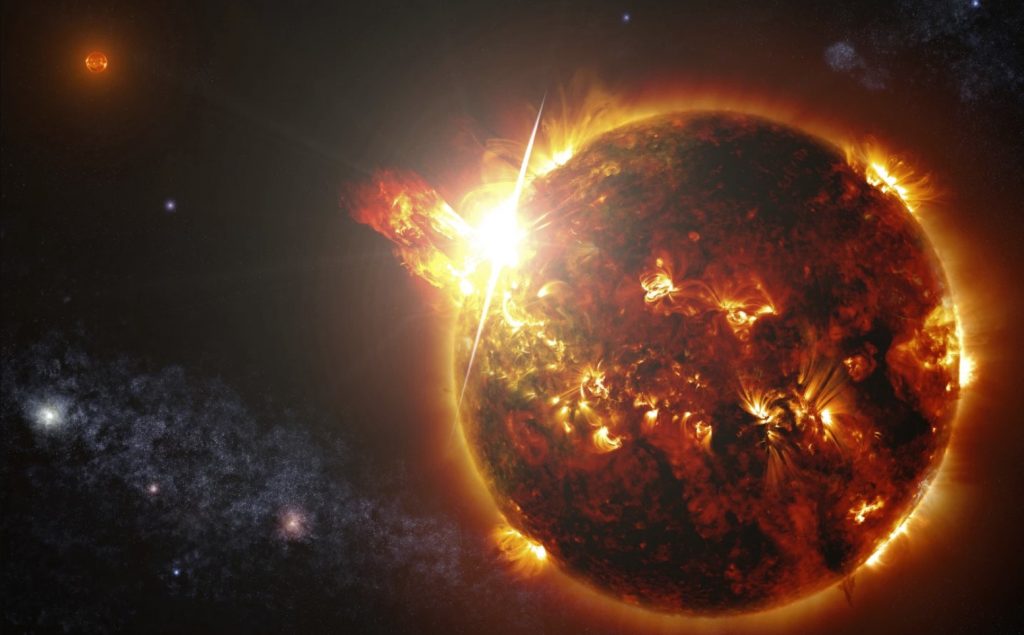
In a recent study, experts at Cornell University described two records of the cosmic confusion made by Portuguese observers at the time.
The event illuminated the sky in violent red light for three consecutive nights, according to one of the sources.
A second source recounts that part of the sky “appeared burning in fire flames” sparking “dread and fear” among eye-witnesses.
The depictions match similar accounts of strange night time lights reported in Japan, Germany and dozens of other cities across Europe and Asia.
Researchers have previously attributed the great space weather event of March 1582 to a major solar storm that battered Earth.
Solar storms are bursts of highly charged particles that, if powerful enough, can cause havoc on Earth by sending electronic equipment into disarray.
One storm in 1859, for instance, is widely believed to be the most extreme space weather event on record.
Eye-witness accounts of what is now called the Carrington event describe sparks exploding from pylons across the United States, while telegraph operators reported suffering severe electric shocks.
Another well-documented storm triggered a blackout that plunged large parts of the northeastern United States into darkness in 1921.
Now should we fear the next big solar storm?
Apocalyptic reckoning
Solar events are also responsible for the Earth’s auroras. They charge particles in the atmosphere, causing the sky to glow red, white and green.
While the auroras are typically only visible near the Earth’s poles, a major solar storm can send them closer to the equator.
One such event – what the Cornell team calls a “severe storm” – sparked a great aurora in March 1582, according to climate records.
The Northern Lights swept as far down as Portugal, according to accounts published by the researchers last month in the pre-print journal Arxiv.
The first report is preserved at the District Archive of Évora, Portugal.
A translation of the text reads: “[Lisbon] In 1582, on 6 March, a great fire appeared in the sky at the north and lasted three nights.”
Other records of this aurora can be found in a manuscript penned by Pero Ruiz Soares, an eyewitness in Lisbon, and the author of a 16th-century Portuguese chronicle.
A translation reads: “… in March 1582, at 8 p.m. on Tuesday [6th March], something started in the north band of the sky.
“All that part of the sky appeared burning in fire flames; it seemed that the sky was burning […] and nobody remembered having seen something like that.”
It continues: “At midnight, great fire rays arose above the castle which were dreadful and fearful.
“The following day, it happened the same at the same hour but it was not so great and terrifying.
“Everybody went to the countryside to see this great sign.”
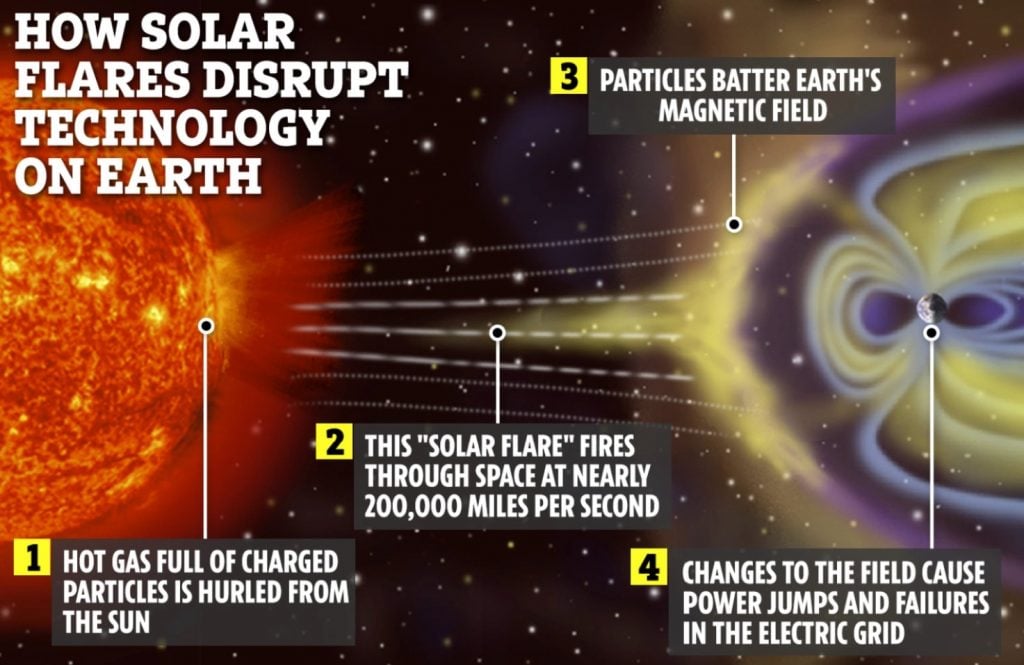
Sightings of auroras were not unheard of at the time, with people living at higher latitudes well aware of the great space events.
However, the fiery lights were extremely rare as far south as Portugal, resulting in what must have felt like an apocalyptic reckoning.
During the 1582 storm, auroras are thought to have erupted to latitudes as low as 28 degrees – in line with Florida, Egypt, and southern Japan.
Lisbon would represent the southernmost European location where this aurora was recorded, according to historical data.
Fortunately, the people of 16th Century Portugal were living simple lives without electricity – telegraph poles wouldn’t come along for 200 years.
They might have been given an awful fright, but the effect of the storm was little more than a vibrant night time light display.
A similar event today, however, would have far more costly consequences.
Superflares
In a 2019 study, scientists warned that our planet is due a major solar storm within the next century.
They showed that the Sun is capable of producing volleys of solar radiation dubbed “superflares”.
A single superflare could take out all technology on Earth, potentially causing trillions in damage and sending the planet into chaos.
“Our study shows that superflares are rare events,” said lead expert Dr Yuta Notsu, from the University of Colorado Boulder, USA.
“But there is some possibility that we could experience such an event in the next 100 years or so.” [Arxiv, The Sun, PNAS]
Now subscribe to this blog to get more amazing news curated just for you right in your inbox on a daily basis (here an example of our new newsletter).
You can also follow us on Facebook and/ or Twitter. And, by the way you can also make a donation through Paypal. Thank you!
You should really subscribe to QFiles. You will get very interesting information about strange events around the world.






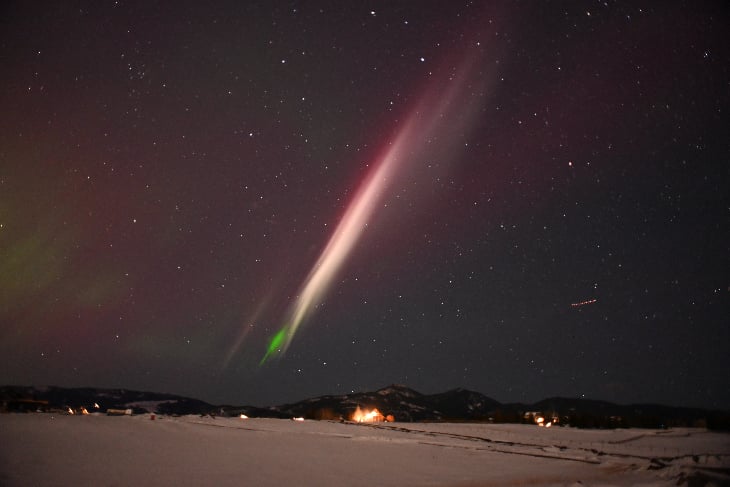


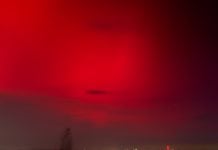
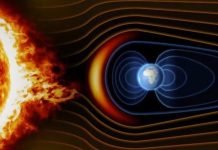
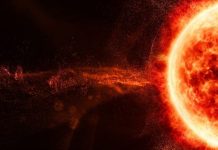

Oh no. People will have to read paper books and talk to each other face to face. I should invest in rinoplaty stock because I imagine a lot of keyboard warriors are going to get punched in the nose.
One more apocalypse to worry about. I use hand tools like when I was raised. I have power tools, but more often than not I grab the hand tools.
If the solar event happens in winter, then at least I can put my food outside and it will stay cold. I don’t have tv, so I won’t miss that crapbox.
I have four oil lamps, so at least I can read the propaganda and lies, which pass as ” news ” these days.
My two dogs keep me warm when I sleep, so there’s that. I can put logs in the wood burning stove.
Perhaps it will kill off millions of people? Perhaps the globalists will detonate an EMP, and blame it on a solar event?
Then they can harvest all the sheeple meat, and blood?